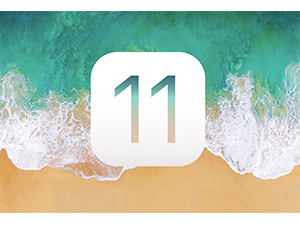iOS 11 was released to the public on Tuesday, September 19th, 2017. Every time Apple releases a new iOS version, it lists the devices capable of running it. For iOS 11, they include the following:
- iPhone 5s, iPhone 6, iPhone 6 Plus, iPhone 6s, iPhone 6s Plus, iPhone SE, iPhone 7, iPhone 7 Plus, iPhone 8, iPhone 8 Plus, and iPhone X
- iPad Air 1, iPad Air 2, iPad Pro (12.9, 2015), iPad Pro (9.7, 2016), iPad (9.7, 2017), iPad Pro (10.5, 2017), iPad Pro (12.9, 2017)
- iPad mini 2, iPad mini 3, iPad mini 4
- iPod touch (6th gen.)
If your device isn’t on this list, you won’t be able to upgrade. If you have pre-ordered a new device, or are planning on purchasing a new device in the near future, it will likely come preloaded with iOS 11.
What if you have a device that barely makes the cut, such as the iPhone 5s or the iPad mini 2? If the current operating system is working well enough, is it worth upgrading iOS?
In the past, upgrading iOS on a device that only narrowly supported the new software was risky, and occasionally it slowed down performance. This was particularly a problem when iOS 8 came out; a number of iPhone 4s owners reported the upgrade noticeably slowed their device.
Recently, with upgrades to iOS 9 and iOS 10, this has been less of an issue, and we don’t anticipate this will be a problem with iOS 11. But if you have an iPhone or iPad near the older end of the list above, we advise proceeding with caution.
It probably pays to wait a few days after the iOS launch to find out how the upgrade has worked for others with the same iPhone or iPad model as you. Googling the name of your device plus iOS 11 is a useful way to see what others users have experienced.
But if your iPad or iPhone is up to it, you should probably upgrade. The bug fixes, security improvements, and compatibility with new apps are important and valuable, and a host of new features are available. But make the decision carefully, because you likely won’t be able to backtrack to an earlier version.
Check to see where your iPhone or iPad is listed on the chart of compatible devices above. If it’s an older model, it’s a good idea to determine if there will be any speed/performance issues if you upgrade to the new OS. As always, if you have questions or concerns about your device and iOS compatibility, please email or call us. We’d be happy to answer your questions and make a recommendation.

